.png)
Objective: To evaluate the use of a 22G×8 cm catheter in children with cystic fibrosis (CF), including catheter lifespan, the ability to complete antibiotic treatment, and the incidence of complications.
Methods: A prospective analysis was conducted on children with CF who experienced infectious exacerbations of pulmonary disease over 18 consecutive months between 2012 and 2013.
Results: Among 32 patients, a total of 40 catheters were successfully inserted in 20 cases. The average catheter duration was 10.08 days, enabling the completion of antibiotic therapy without any major complications.
Conclusion: The 8 cm-long mini-midline catheter is a safe, effective, and cost-efficient alternative to peripherally inserted central catheters (PICCs) for intravenous treatment of pulmonary exacerbations in children with CF.
Research Background
- The choice of vascular access for intravenous antibiotic therapy in children with cystic fibrosis (CF) experiencing pulmonary exacerbations is critical for the success of treatment;
- Vascular access options include peripheral intravenous cannulas, peripherally inserted central catheters (PICCs), and long peripheral catheters (mini-midlines). Mini-midlines have been identified as the most effective and cost-efficient choice among the three;
- Existing studies suggest that the 8 cm-long catheter is easier to insert, significantly reduces patient discomfort, and improves overall comfort.
Study Subjects and Methods
Study Subjects: Children with cystic fibrosis (CF) treated with IV class antibiotics for infectious pulmonary exacerbations at the Pediatric Center in Australia from January 2012 to July 2013 (18-month period).
- A genetic disease
- Clinic visits: Gastroenterology
- Primarily affects: Gastrointestinal and respiratory systems
- Main symptoms: Recurrent bronchitis, airway obstruction, indigestion, developmental delay
- Primary treatment method: Antibiotics (10-14 days)
Methods: Prospective data on catheter lifespan, ability to complete antibiotic treatment, and incidence of complications were collected. Data were analyzed using t-tests and Fisher’s exact tests.
- 22G×8cm catheters were inserted using sterile Seldinger technique.
- Insertion was performed by pediatric doctors or pediatric anesthesiologists.
- All catheters were flushed with heparin solution (10 units per mL) for lock.
Study Results
- Median age: 12 years
- First insertion success rate: 85%
- Average catheter dwell time: 10.08 days
- Completion of antibiotic therapy: 78% (10-14 days)
- Complications: Localized complications (local inflammation, pain), no severe adverse events reported
Study Conclusions and Implications
Conclusions:
- The severity of the patient’s condition did not affect the success rate of catheter insertion.
- The success rate improved with the experience of the operator as the number of insertions increased.
- The 8 cm long mini-midline catheter is a safe, effective, and cost-efficient alternative to peripherally inserted central catheters (PICCs) for intravenous therapy of pulmonary exacerbations in children with CF.
Implications:
- Compared to central venous catheters, mini-midline catheters cause less tissue damage and have a lower risk of severe complications; compared to peripheral intravenous cannulas, they allow for longer dwell time, reducing the need for repeated insertions, improving work efficiency, and enhancing patient and parent satisfaction.
- Recommended pediatric use of the 8cm mini-midline catheter:
- Pediatric Respiratory/Gastroenterology: Cystic fibrosis children, respiratory/GI infections
- Pediatric General Surgery: Children with pancreatitis, appendicitis
- Pediatric Nephrology/Urology: Children with urinary infections, nephritis, etc.

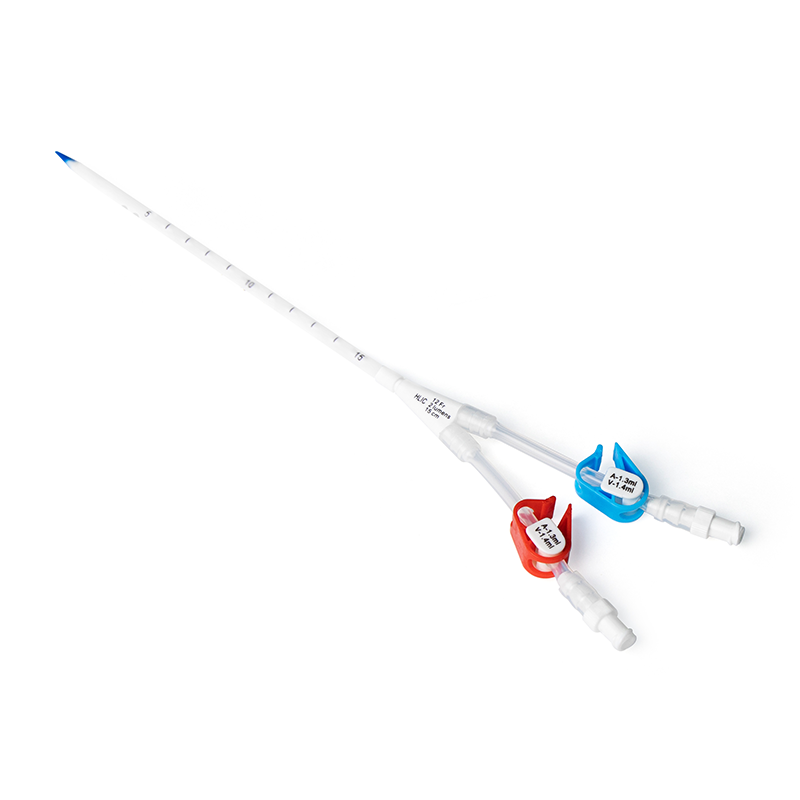
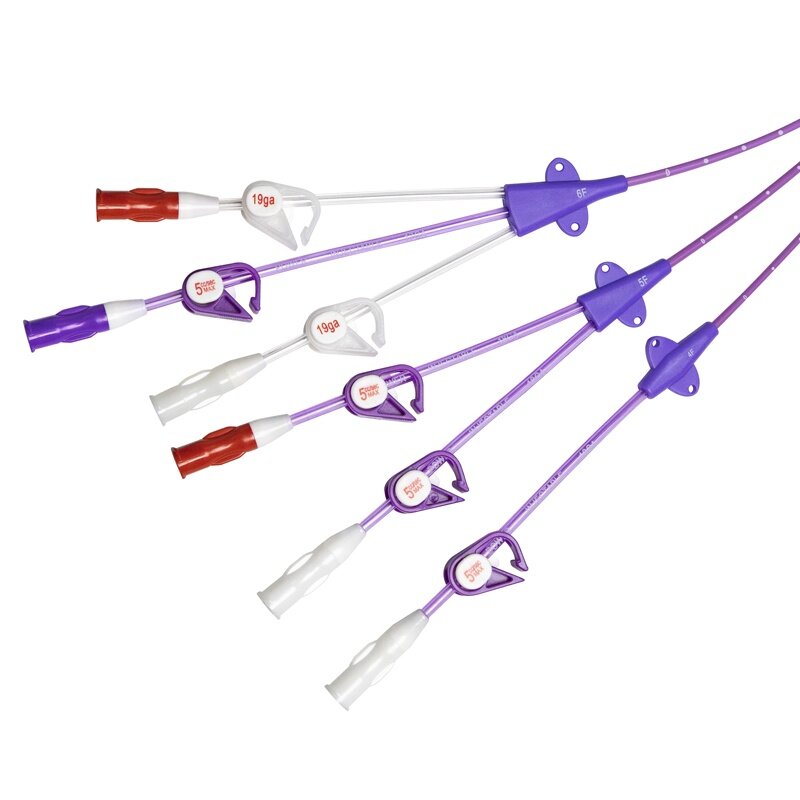
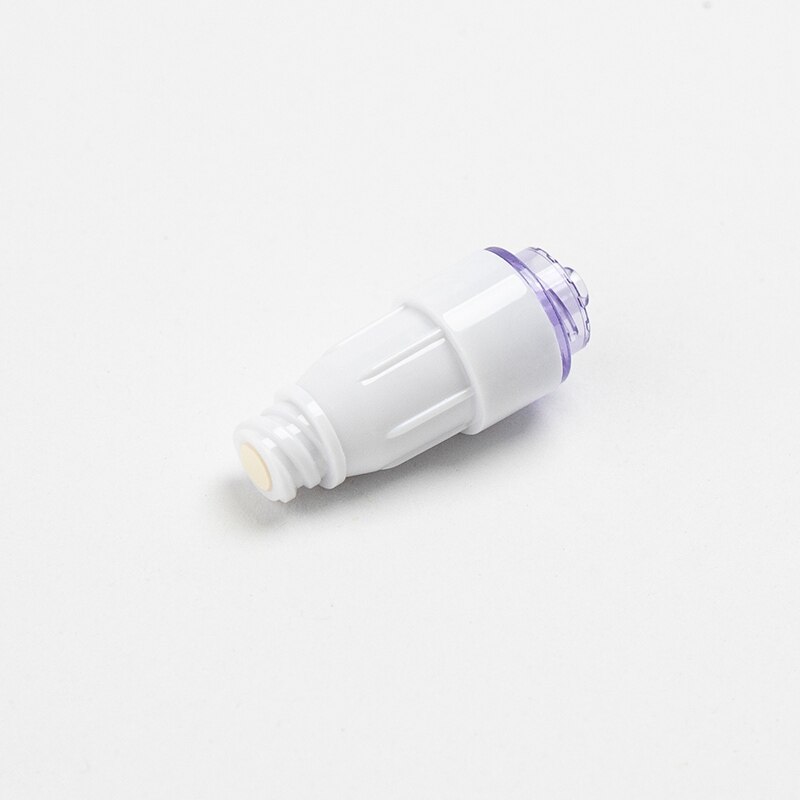
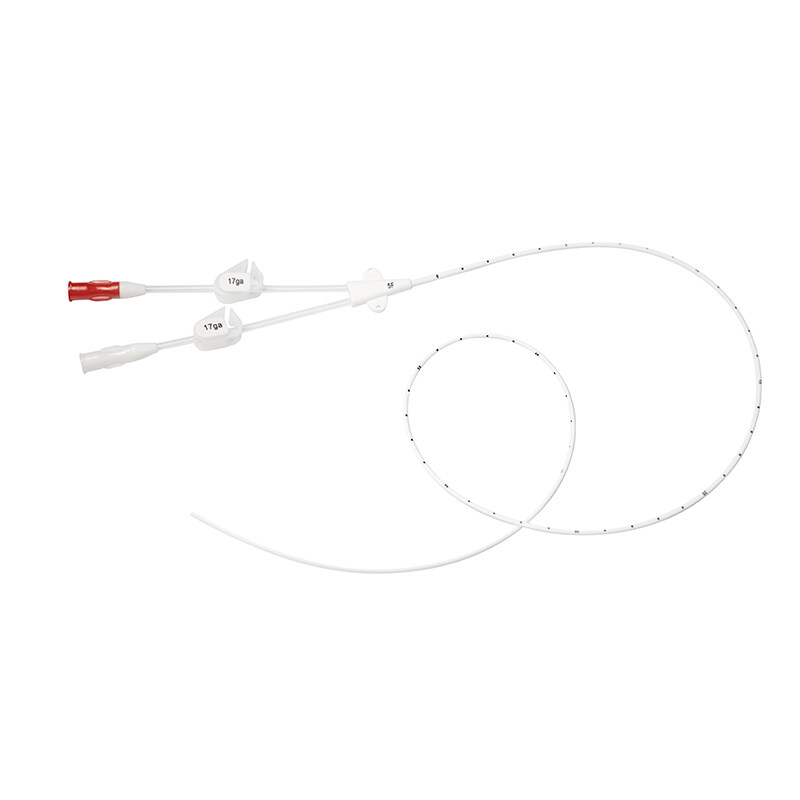
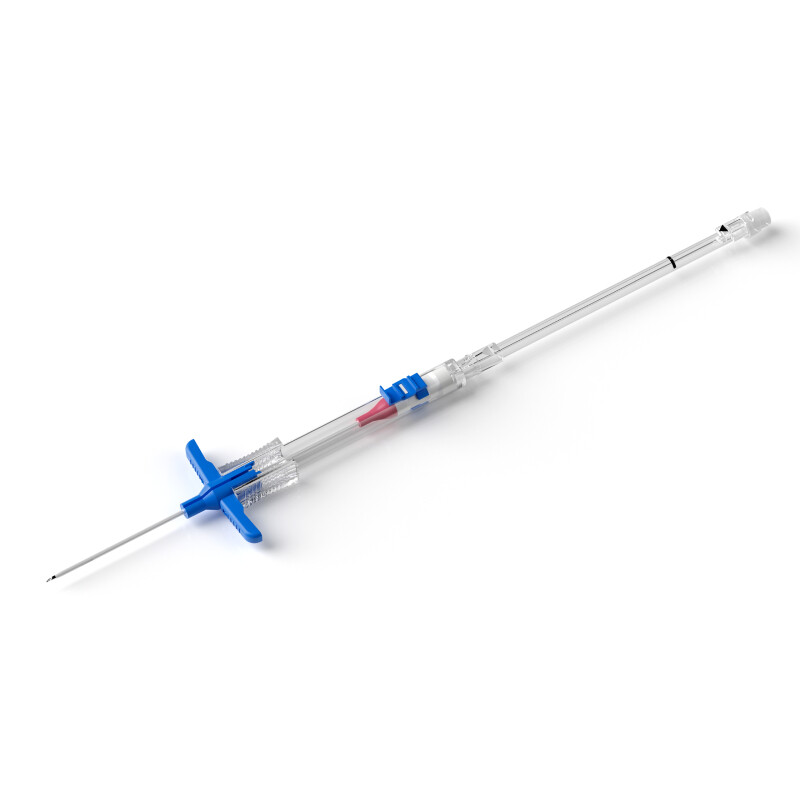
.png)